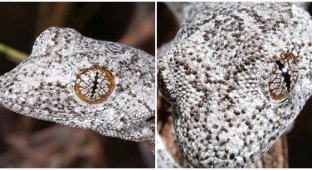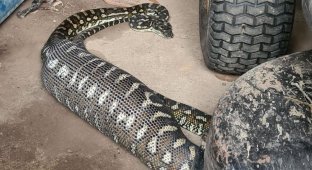Fossil of the largest snake in the world found (5 photos)
This post is strongly not recommended for ophidiophobes, the rest - welcome to India. 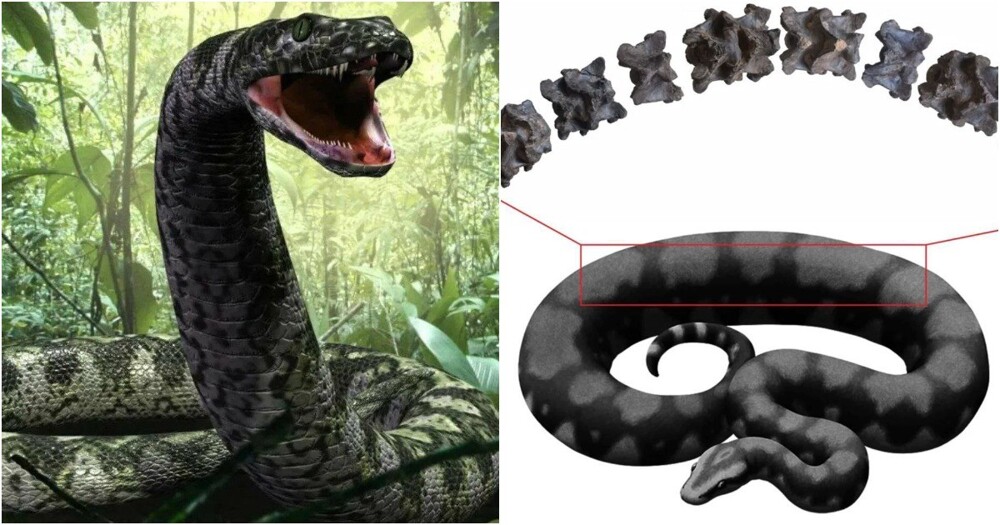
By the way, ophidiophobia is the fear of snakes, but if a person is afraid of all reptiles, then this is herpetophobia. Why you need this information on Sunday morning, I have no idea, but now live with it. 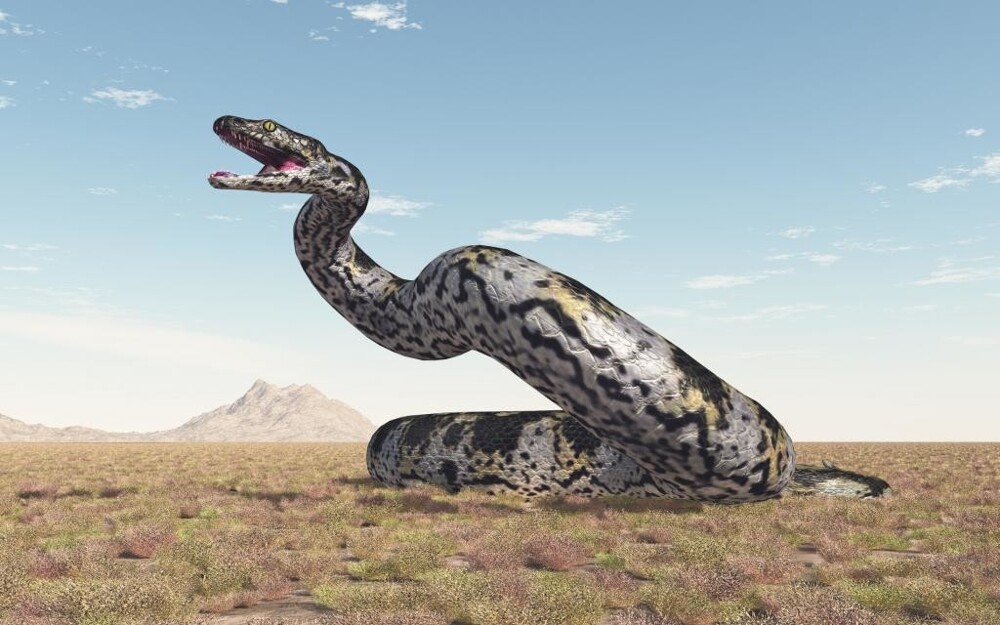
But let’s return to paleontologists, or rather to the unique discovery made by a team from the Indian Institute of Technology Roorkee. Scientists accidentally dug up a giant reptile in the ground. To understand the scale, the ancient snake was 15 meters long and weighed 1 ton. 
Scientists recovered 27 vertebrae from the snake, including several still in the same position as they were during the reptile's life.
Such beauties crawled across the swampy territory of modern India 47 million years ago. This species was named Vasuki indicus after the mythological snake king associated with the Hindu deity Shiva.
And it is much larger than the Colombian Titanoboa, which lived about 60 million years ago and had the status of the largest snake in the world. Her remains were discovered in Colombia in 2009. 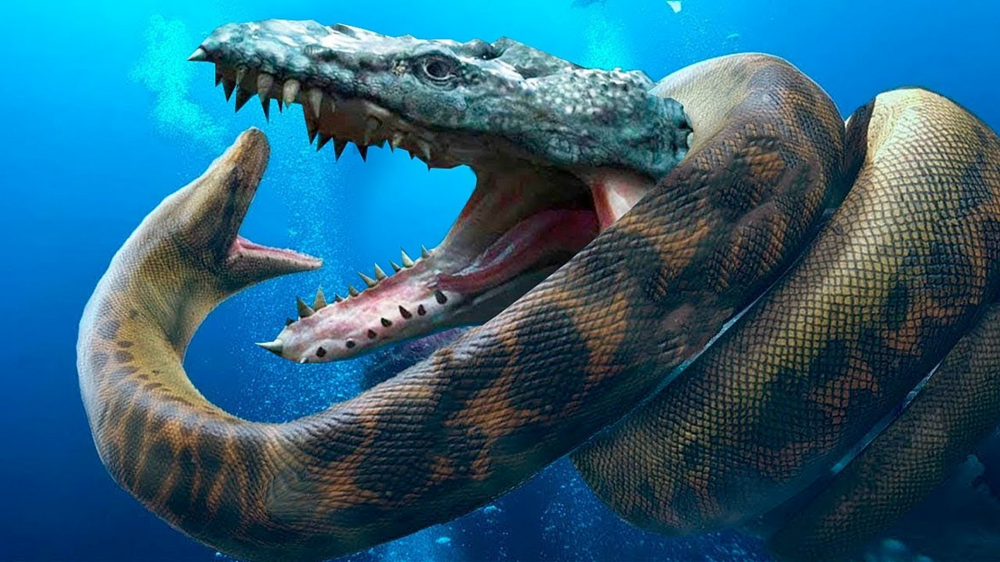
Titanoboa, estimated to be 13 meters long and weigh about 1 ton
On the plus side, the animal was completely non-venomous; on the minus side, it killed its victims with the help of compression.
“Given its large size, Vasuki was a slow-moving ambush predator that subdued its prey through constriction, similar to anacondas and pythons. This snake lived in a marshy area near the coast at a time when global temperatures were higher than today,” said Debajit Dutta, a post-doctoral fellow in paleontology at the Indian Institute of Technology Roorkee. 
Moreover, the find sheds light on the geological and environmental conditions of the time, offering clues about the climate and ecosystem that supported such giant life forms. The area where the fossils were found is dry and dusty today, but the presence of such a large aquatic predator indicates that it was once a lush, marshy area.














